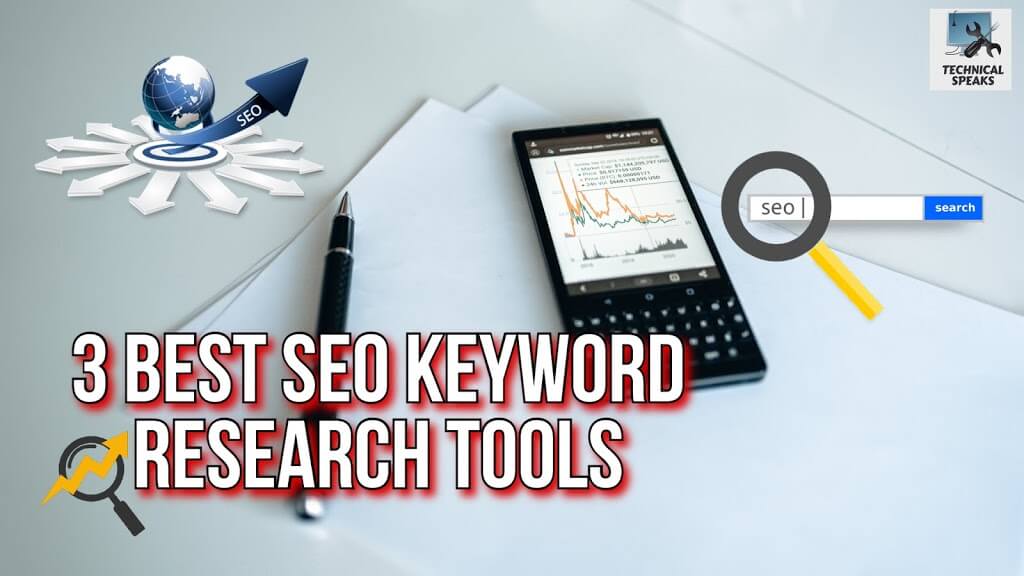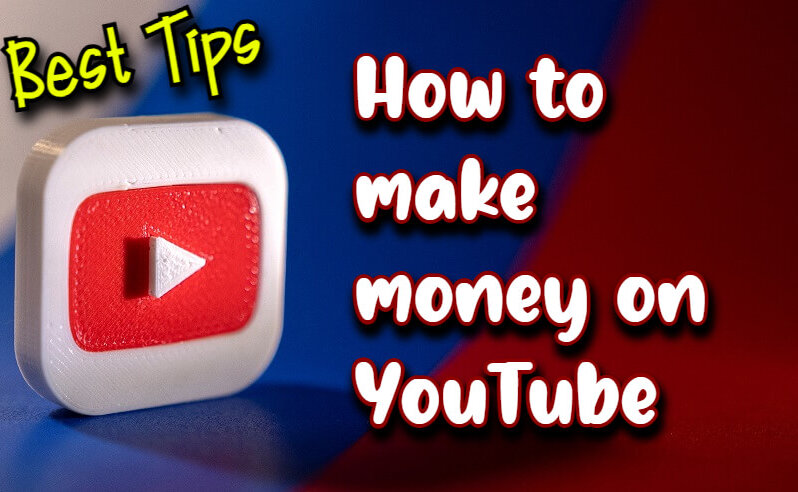YouTube began as a straightforward website for sharing videos, but it has since developed into a significant international center for entertainment, education, and business. Given that there are more than 2.7 billion monthly active users, it is not surprising that creators everywhere are keen to turn their channels profitable. The most crucial query, though, is: How can YouTube generate revenue in 2025?
The good news is that there are several sources of income, including advertising, sponsorships, membership fees, and product sales. Knowing these monetization techniques is essential to earning a steady income as a YouTuber or content producer, regardless of your level of experience.
This blog post will examine:
- The fundamentals of YouTube revenue generation
- Qualifications for eligibility
- various revenue streams (ads, memberships, brand agreements, etc.)
- Ideas for increasing your income
- Errors to avoid
Let’s get started.
Step 1: Recognize the Fundamentals of YouTube Revenue
You must comprehend YouTube monetization before you can begin making money.
YouTube’s YouTube Partner Program (YPP) is the main way that content creators can make money off of their labor. You can begin adding new features, charging for memberships, and turning on ads as soon as the prerequisites are satisfied. However, YouTube isn’t the only excellent source of income; affiliate marketing, product sales, and sponsorships are also excellent options.
Step 2: Finish the Eligibility Requirements for the YouTube Partner Program
You need to fulfill the following conditions in order to be eligible to join YPP in 2025:
- A thousand subscribers
- 10 million legitimate public shorts views in the last 90 days OR 4,000 hours of permitted public viewing in the previous 12 months
- Your Google account has two-step verification enabled.
- There aren’t any Community Guidelines strikes going on right now.
- You have to live in a country that offers YPP; most countries qualify.
Once the requirements have been met, apply by going to YouTube Studio → Monetization →. You can begin turning on monetization features as soon as you’re accepted.
Step 3: Examine Various YouTube Revenue Opportunities
Let’s now examine ways that artists can optimize their income.
1. YouTube Ad Revenue
How it works: YouTube starts showing advertisements on your videos as soon as you sign up for YPP. Your revenue per 1,000 views (RPM) and cost per 1,000 ad impressions (CPM) determine how much money you make.
Ad types include:
- Both skippable and non-skippable advertisements
- Display advertisements
- Overlay commercials
- Bumper advertisements
For instance, you would make about $300 from ads alone if your channel had 100,000 views per month and an RPM of $3.
Suggestion: To increase ad revenue, produce family-friendly, advertiser-friendly, and harmful-content-free content.
2. Memberships in Channels
By paying a monthly subscription fee, which typically ranges from $0.99 to $99.99, fans can obtain exclusive benefits through channel memberships.
Advantages might consist of:
- Emojis and badges exclusive to members
- Live streams that are exclusive
- Content from behind the scenes
- Priority access to the videos
Memberships are most effective if you already have a devoted following. It can still be a reliable source of revenue even if only 1% of your subscribers sign up.
3. Super Stickers & Super Chat (During Live Streams)
Fans can purchase Super Stickers, which are animated emojis, or Super Chats, which are highlighted messages, if you go live on YouTube.
- Each Super Chat costs between $1 and $500.
- After YouTube takes a cut, creators keep roughly 70% of the profits.
For example, if a streamer only used Super Chats, they could easily make $100 to $500 per stream with 200 devoted viewers.
4. YouTube Premium income
You receive a portion of the subscription fee paid by users who have YouTube Premium subscriptions when they watch your content.
How it works: YouTube uses watch time to determine its Premium revenue. Your channel’s revenue increases as more Premium members watch it.
5. Influencer Partnerships & Brand Assistance
Brand sponsorships are one of the main sources of income for YouTubers. Brands pay creators to promote their products and services.
Your earning potential:
- Sponsored videos range in price from $100 to $500 for small channels with 10,000 to 50,000 subscribers.
- $1,000 to $10,000 for medium-sized channels (100k–500k).
- Each deal can cost anywhere from $20,000 to $100,000+ for large channels (1M+).
Proposal: Engage with brands using FameBit, AspireIQ, or CreatorIQ.
6. Assistance to Affiliates
You can advertise products using affiliate marketing and get compensated when customers click on your link to complete the purchase.
For example:
- Amazon Associates (commission of up to 10%)
- Software affiliates may receive commissions ranging from 20% to 50% for services such as hosting, VPNs, and design tools.
It does particularly well on channels that talk about beauty, money, fitness, and technology.
7. Marketing Your Own Products and Goods
Selling goods is a terrific way to generate revenue if your brand is well-known.
Products include mugs (made with Spreadshop, Teespring, or Merchbar), t-shirts, and sweatshirts.
Digital goods include things like templates, e-books, online courses, and presets.
Physical goods: If your channel is about technology, makeup, or fitness equipment.
Creators can only make a living from merchandise if they have 10,000 to 20,000 devoted subscribers.
8. YouTube Shopping (Storefront Integration)
YouTubers can now add a shopping section straight to their channel. This enables you to list products on your channel page or beneath videos.
This feature is most effective if you have both digital and physical products or if you collaborate with a retailer.
9. Patreon and Crowdfunding
Some creators use crowdfunding websites to solicit support from their fans in order to make money.
- Patreon: Offer subscribers who pay access to premium content.
- Ko-fi/Buy Me a Coffee: Take fan donations.
- GoFundMe and Kickstarter: For project-based financing.
Teachers, artists, and content producers can all benefit greatly from this technique.
10. Content Licencing
Media outlets may have a license for your original or viral content. Connecting with licensing opportunities is made simpler for creators by platforms such as Jukin Media.
For instance, licensing a funny pet video to websites or TV shows could bring in hundreds or even thousands of dollars.
Step 4: Increase Your Profits
One method of earning money on YouTube is to enable monetization. You need to have clever strategies if you want to earn a lot of money.
- Determine the High-CPM Niches
Each niche has a different ad revenue.- Among the niches with high CPMs are business, technology, finance, and health.
- Lower CPM niches include entertainment, memes, and general vlogs.
- Increase the Duration of Your Viewing
YouTube rewards channels that keep viewers interested. Videos longer than eight minutes can also have multiple ad placements. - Share Frequently
Maintaining consistency boosts credibility and accelerates subscriber growth. - Create a Faithful Community
A loyal audience is more likely to join your organization, buy products, and support your initiatives. Engage through comments, polls, and live streaming. - Adjust Your Revenue Sources
Instead of relying solely on advertising, combine multiple revenue streams (affiliates, sponsorships, merchandise, and ads).
Step 5: Avoid these errors
- Because advertising revenue fluctuates, diversify your sources of income rather than concentrating solely on it.
- Insignificant clickbait can hinder the long-term development of your brand.
- Disregarding YouTube’s guidelines: Violating the guidelines may cost your channel money.
- Unreliable uploads lead to lower engagement and fewer opportunities.
- Not putting money back into your channel: Better editing and content generate more revenue.
An Example of Fair Profits
Assume you manage a tech channel with 200,000 views a month and 50,000 subscribers.
Your monthly income could look like this:
- Ad revenue of $600 (RPM $3)
- Affiliate marketing for tech devices: $1,000
- Offers for Sponsorship: $1,500
- $500 in merchandise sales
Total: $3,600 a month → YouTube earns over $40,000 a year.
Concluding remarks
Making money on YouTube will be easier than ever by 2025, but perseverance, ingenuity, and variety will still be necessary. YouTube is more than just a place to advertise. Consider it a business ecosystem instead, where you can make money from affiliate sales, merchandise, sponsorships, memberships, and more.
Be consistent and start small to develop a loyal following. The money will come later.








